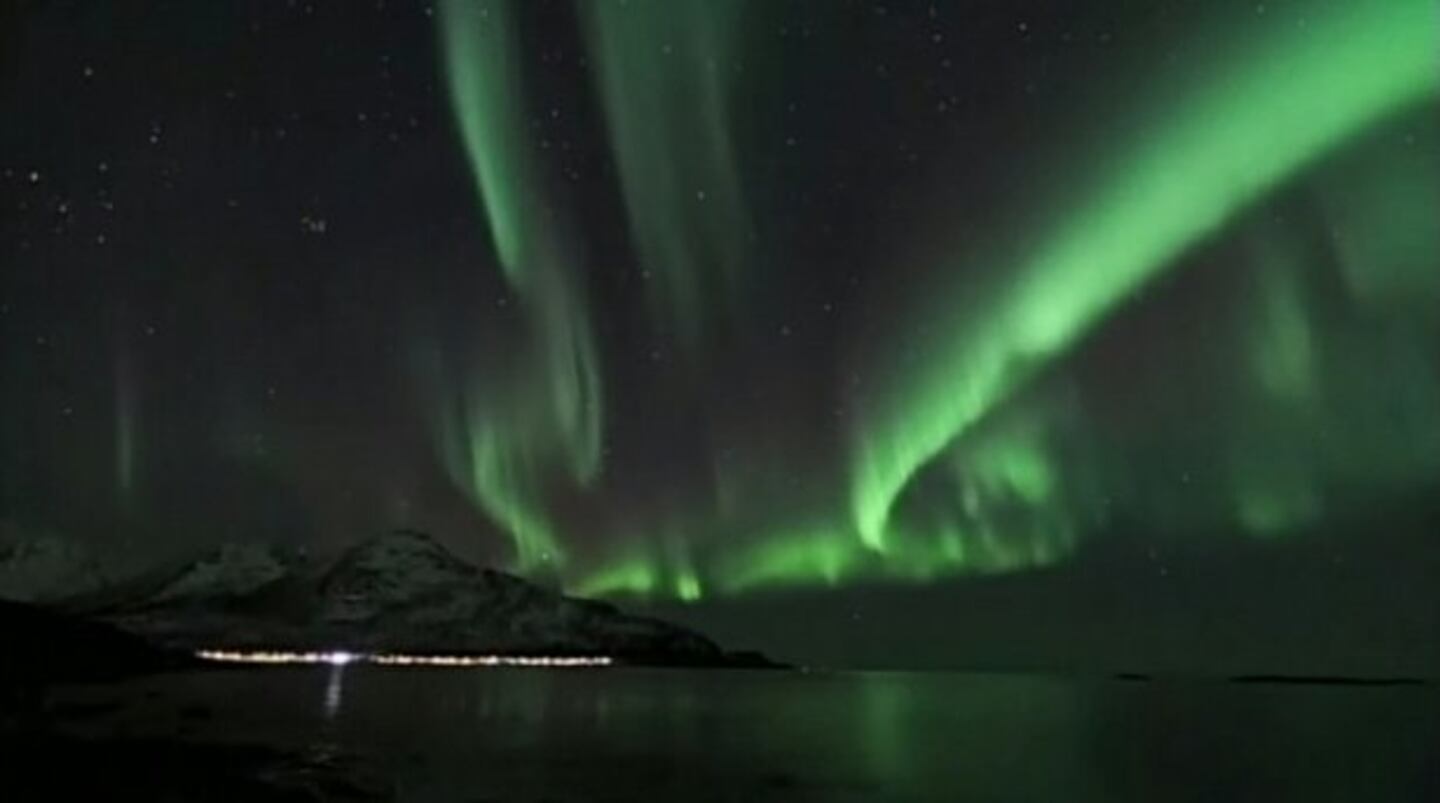They’re dazzling, mesmerizing, radiant, and downright out of this world. The Northern Lights, scientifically known as Aurora Borealis, is a colorful display of lights that shimmer across the night sky, typically in higher latitudes.
In order to really appreciate their beauty, you should know where they come from.
You’ll have to leave our planet and travel to the center of our solar system to get the answer. That’s right, it all starts with the brightest star in our sky -- the sun.
The sun is at a distance of 93 million miles away, but the effects of storms occurring on the surface of the sun are far-reaching.
Solar storms are at the center of this celestial phenomenon.
According to NASA, solar storms occur when a large-scale magnetic eruption, often causing a coronal mass ejection (CME) and associated solar flare, accelerates charged particles into the solar system at a high rate of speed.
Basically, charged particles of plasma are blown out away from the surface of the sun and if pointed in the right direction will collide with our planet. Thankfully the magnetic field that surrounds Earth is there to protect us but is also an integral part of the display of the northern lights.
On a daily basis, the magnetic field surrounding Earth helps to deflect away and/or absorb potentially harmful rays and particles from outer space.
Without it life, as we know it, may not exist. As the sun’s plasma particles hit our magnetic field they are drawn to the north and south poles. It’s these particles and the interaction with the magnetic field and earth’s atmosphere that cause the auroras, and why they are best seen in areas closer to the poles.
In the northern hemisphere, the auroras are called aurora borealis. In the southern hemisphere, they’re called aurora australis.
As I’m sure you’ve seen in photographs, or if you’ve been lucky enough in person, the colors typically associated with the auroras are green, yellow, blue, red, pink, purple, orange, and white.
Oxygen is thought to cause green colors while nitrogen, blues, and reds. It’s also been theorized the altitude of the collision may determine a variety of other colors.
Every 11-years the sun cycles from maximums to minimums for solar storms. During its peak years, solar storms are more frequent and stronger.
The last time the sun was in its peak phase was in 2013. This year would technically be when the sun is approaching its maximum phase, but still a lesser chance for storms.
NASA and NOAA (National Oceanic and Atmospheric Administration) monitor solar activity and issue aurora alerts when one is expected. You can find more information about solar flares, northern lights, and when they’ll occur by visiting the NOAA Space Weather Prediction website.
Cox Media Group


















